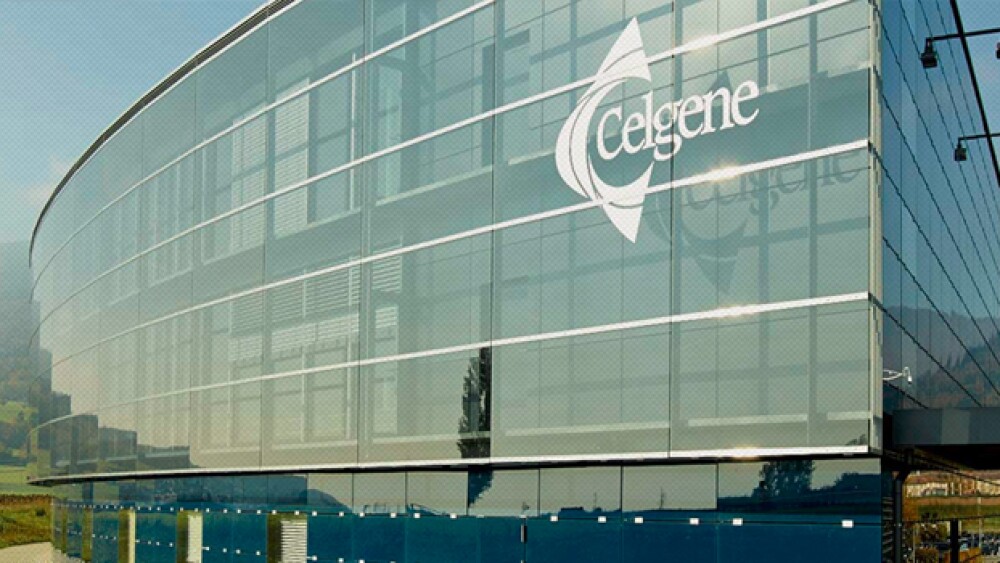Investors and analysts are wondering if the company should buy a biotech to bolster its pipeline and bottom line.
Celgene, generally viewed as a powerhouse, has had a difficult 2017, with the stock dropping recently, disappointing results from a late-stage trial for Crohn’s disease, and missing its third-quarter financial goals. This has led to investors and analysts wondering if the company should buy a biotech to bolster its pipeline and bottom line. Keith Speights, writing for The Motley Fool, comes up with a short list of good potential acquisition targets.
Speights writes, “Several selection criteria rise to the top of the list. Most important, the target company should have a promising pipeline, preferably with one or more late-stage pipeline candidates that hold the potential to be blockbusters. Ideally, the biotech would be focused either on autoimmune diseases, hematology, or oncology.” It would also be a plus if the company was already generating money with a drug on the market.
So many analysts have suggested that somebody buy Exelixis, you have to wonder why nobody has yet. Back in 2014, Stifel Financial Corp. recommended the company as a buyout target, as did Stephen Simpson writing for The Motley Fool. In those cases, the recommended buyer was Roche. In January, Bret Jensen, writing for TheStreet Real Money, proposed that Gilead Sciences might be interested in Exelixis.
Speights notes that Exelixis’ Cabometyx is on the market as a second-line treatment for renal cell carcinoma (RCC) and hopes to expand the indication to first-line treatment, and submit it for hepatocellular carcinoma (HCC) early next year. But the company doesn’t have a deep pipeline, although Cabometyx is being evaluated in combo-therapies by Bristol-Myers Squibb, and Roche has ongoing combination trials with Exelixis’ MEK inhibitor Cotellic.
Celgene licensed Bluebird’s PhaseI/II CAR-T therapy bb2121, and Bluebird has a couple late-stage candidates, Lenti-D and LentiGlobin. Speights writes, “Bluebird doesn’t have a product on the market yet, though. Also, with a market cap of around $6.4 billion and no sales at this point, a lot of Bluebird’s potential is already baked into its stock price.”
Just last week, the U.S. Food and Drug Administration (FDA) granted BioMarin’s valoctocogene roxaparvovec for Hemophilia A Breakthrough Therapy Designation. And the therapy’s Phase III Clinical Trial Applications have been approved by the UK Medicines and Healthcare Products Regulatory Agency (MHRA), and the European Medicines Agency (EMA) granted access to its Priority Medicines (PRIME) regulatory initiative for the drug.
This would be an acquisition outside Celgene’s core areas of interest. BioMarin has six drugs for rare diseases on the market and the Hemophilia A treatment looks promising. Speights notes that, “Its stock, however, is on the pricey side and would require Celgene to add to its debt.”
As an alternative, Speights suggests Celgene should start buying up its own stock. “The company should take advantage of the panic-selling that occurred during October and scoop up boatloads of its shares. I can’t think of a better use for Celgene’s $10 billion cash stockpile. Quite frankly, there’s no better deal on the market. Executive chairman and former CEO Bob Hugin said during Celgene’s third-quarter call that the company has ‘an incredibly bright future,’ with a ‘broad pipeline and market-leading top-line and bottom-line growth.’ He’s right.”





